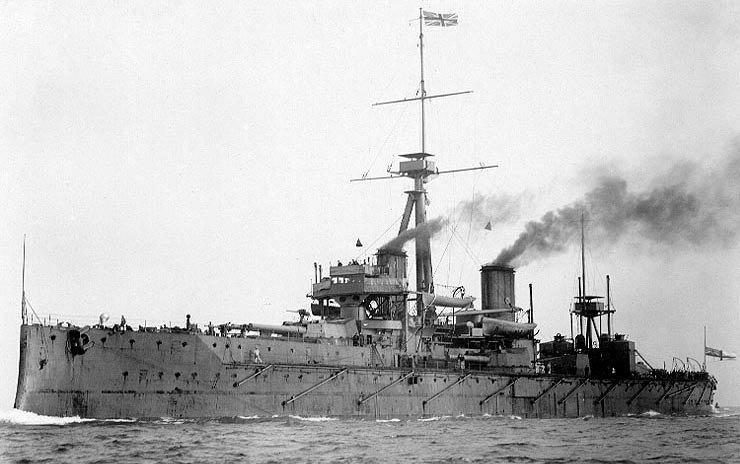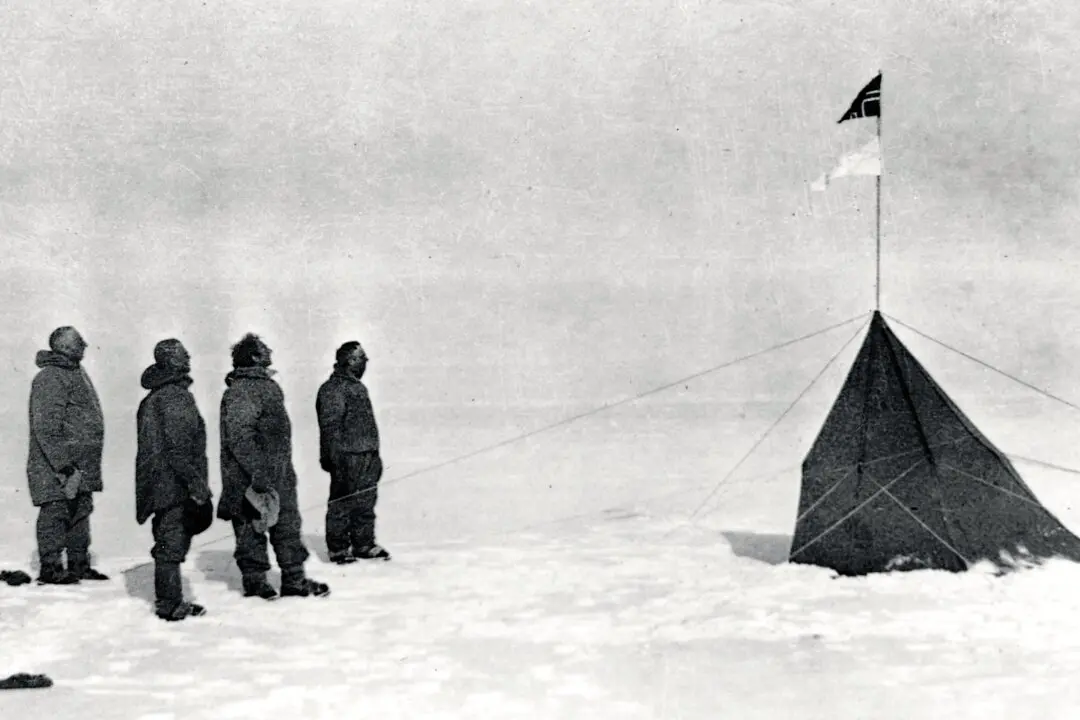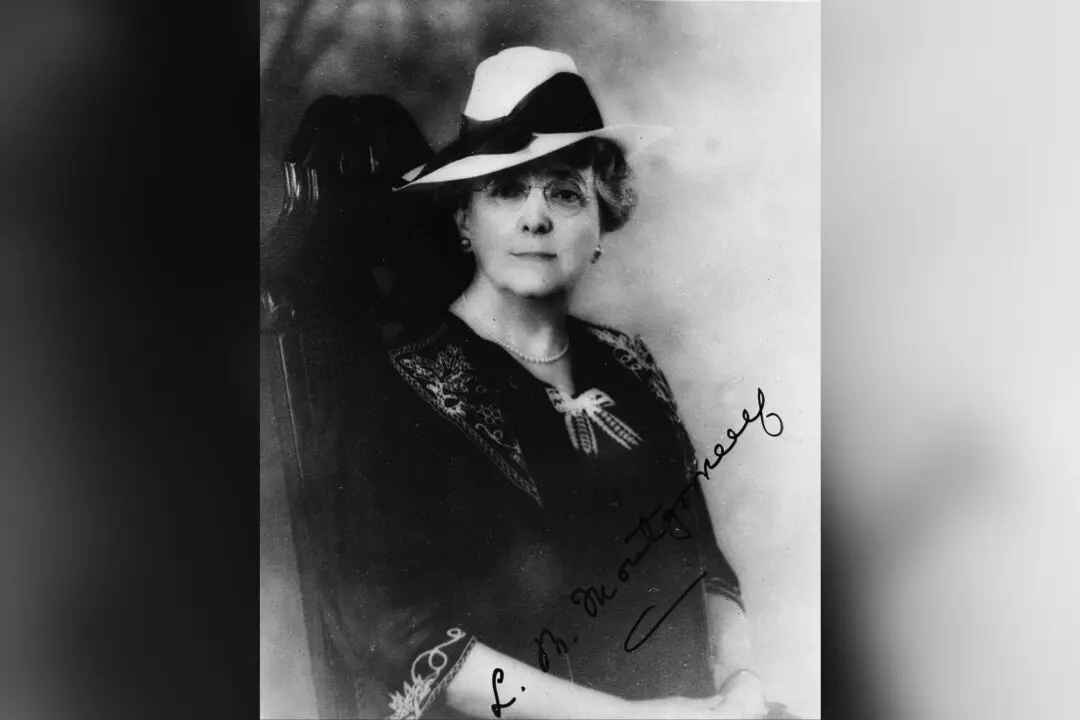Commentary
As the proud possessor of the world’s longest coastlines and home of the world’s sixth-largest merchant navy, one might have thought that the newly independent Canada would have an interest in developing a strong navy. In fact, as a Dominion of the British Empire, it was able to avoid the bother of that by relying on the power of the Royal Navy to protect its shores.





